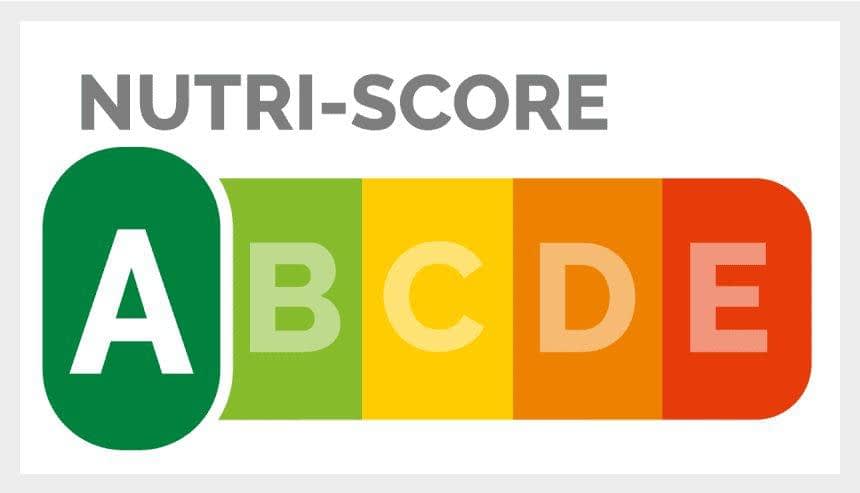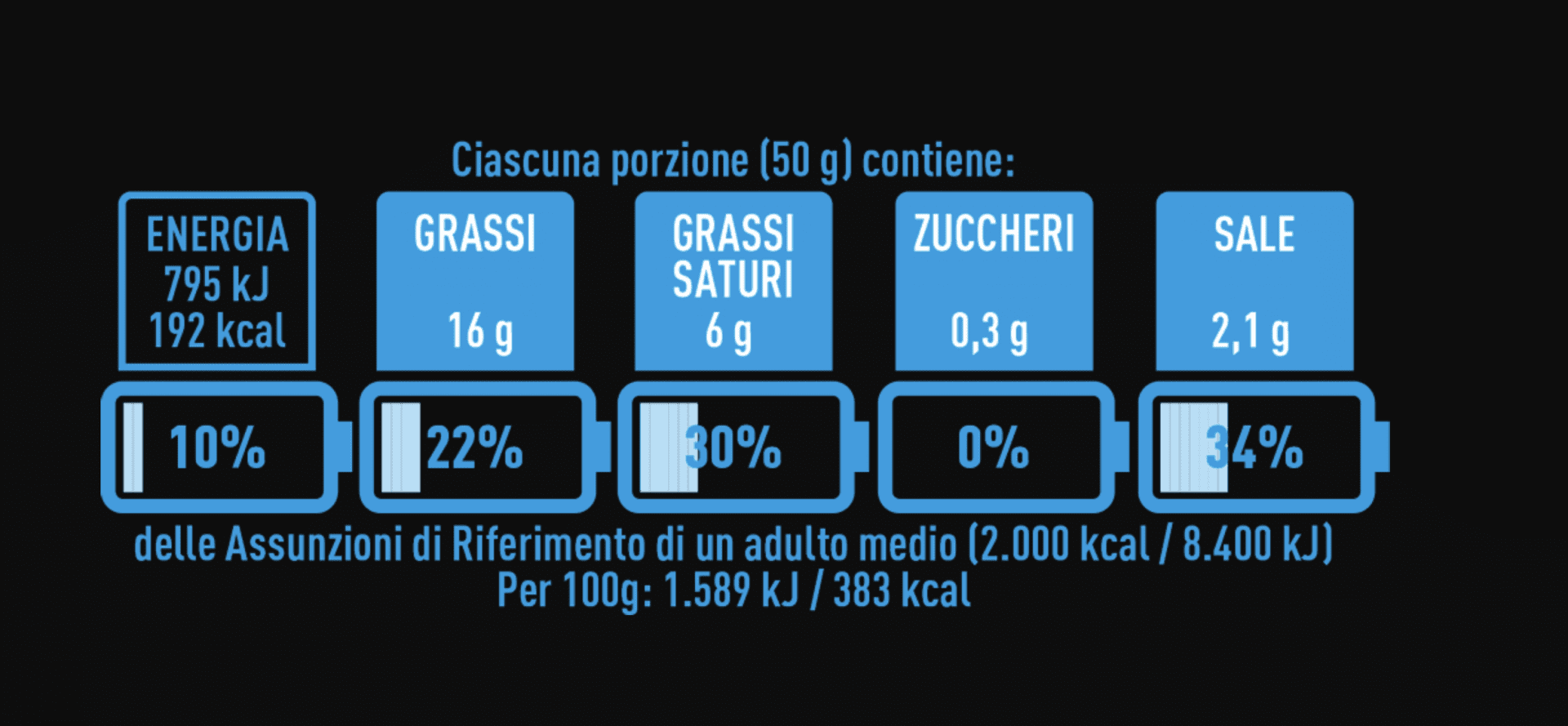Summary
A study published in the European Journal of Public Health found that Portuguese consumers preferred and were more successful in using the French Nutri-Score front-of-pack labeling system compared to the Italian-developed Nutrinform Battery. Nutri-Score, which uses color-coded letters to rate the healthfulness of food, was found to be more effective in helping consumers make healthier food choices across various categories, such as breakfast products and added fats.
A new study suggests that the French front-of-pack labeling system (FOPL) Nutri-Score is more understandable to consumers than the Italian-developed Nutrinform Battery.
The research, published in the European Journal of Public Health, tested how Portuguese consumers reacted to both labeling systems.
Serge Hercberg, the inventor of Nutri-Score, and other prominent scientists involved in the development of the French FOPL co-authored the study.
See Also:Nutri-Score outperforms NutrInform Battery among Portuguese consumers
Their findings suggest that Nutri-Score is more effective in helping consumers understand the nutritional value of food and make healthier purchasing decisions.
The study involved 1,014 adults in Portugal and compared the two FOPLs across various food categories, including breakfast products, breakfast cereals and added fats.

“Nutri-Score appeared to be a more appreciated and effective tool than Nutrinform Battery for helping Portuguese consumers to choose foods with a better nutritional composition,” the authors wrote.
Participants using Nutri-Score were significantly more successful in identifying more nutritional products.
In a task involving three breakfast-related products, those using Nutri-Score were 28 times more likely to correctly identify the healthiest options compared to those using Nutrinform Battery.
In the “added fats” category, participants in the Nutri-Score group were 17 times more successful in choosing the healthiest fat.
Overall, participants exposed to Nutri-Score were more likely to choose healthier products across all tested food categories.
Regarding olive oil specifically, 83 percent of participants in the Nutri-Score group said they would purchase olive oil more often, compared to 66 percent in the Nutrinform Battery group.
Nutri-Score is a traffic-light-style FOPL that uses five coordinated colors and letters to rate the healthfulness of packaged food based on its fat, sugar, salt, and calorie content per 100 grams or milliliters. A “Green A” indicates the healthiest option, while a “Red E” denotes the least healthy.
Nutrinform Battery is a non-directive system that displays numerical information based on recommended portion sizes.

Using battery-shaped icons, it shows the percentage of daily reference intakes for energy, fats, saturated fats, sugars, and salt. It does not rank or color-code foods, requiring consumers to interpret the data themselves.
According to the researchers, 71 percent of Portuguese participants preferred Nutri-Score over Nutrinform Battery.
“Even among those who had initially used Nutrinform Battery, 59 percent switched their preference when shown both labels side by side,” the authors wrote.
Last year, Portugal adopted the Nutri-Score as an optional labeling system for food producers who wish to display it on their packaging.
The new findings are consistent with a 2023 study conducted on Spanish consumers and published in the same journal. Several of the authors, including Hercberg, were involved in both studies.
That earlier research found that Nutri-Score was more effective than Nutrinform Battery in enabling Spanish consumers to rank products according to nutritional quality accurately.
The authors argued that Nutrinform Battery requires “a higher cognitive workload,” which may explain why consumers preferred Nutri-Score.
According to the authors, the battery icon may be counterintuitive because it visually contradicts how people typically interpret battery symbols in everyday life.
In most digital contexts, a fully charged or highly charged battery is associated with something positive, such as full power or readiness.
However, in the Nutrinform system, a less charged battery represents a healthier food choice because it means the product contributes less to the daily intake of fat, sugar, salt or calories.
“By analogy with the electronic devices used daily by many people, graphic representations of charged batteries are more likely to be interpreted as a positive signal or a desirable state to be attained,” the authors wrote.
The research comes as Romania recently joined the list of European countries allowing voluntary adoption of Nutri-Score.
In recent years, both labeling systems have been considered by the European Commission as potential models for a unified E.U.-wide food labeling scheme.
However, a heated debate and deep divisions among member states contributed to the previous European Commission’s failure to advance the initiative. So far, the new commission has not indicated that it will move forward with a bloc-wide labeling system.


Dining and Cooking